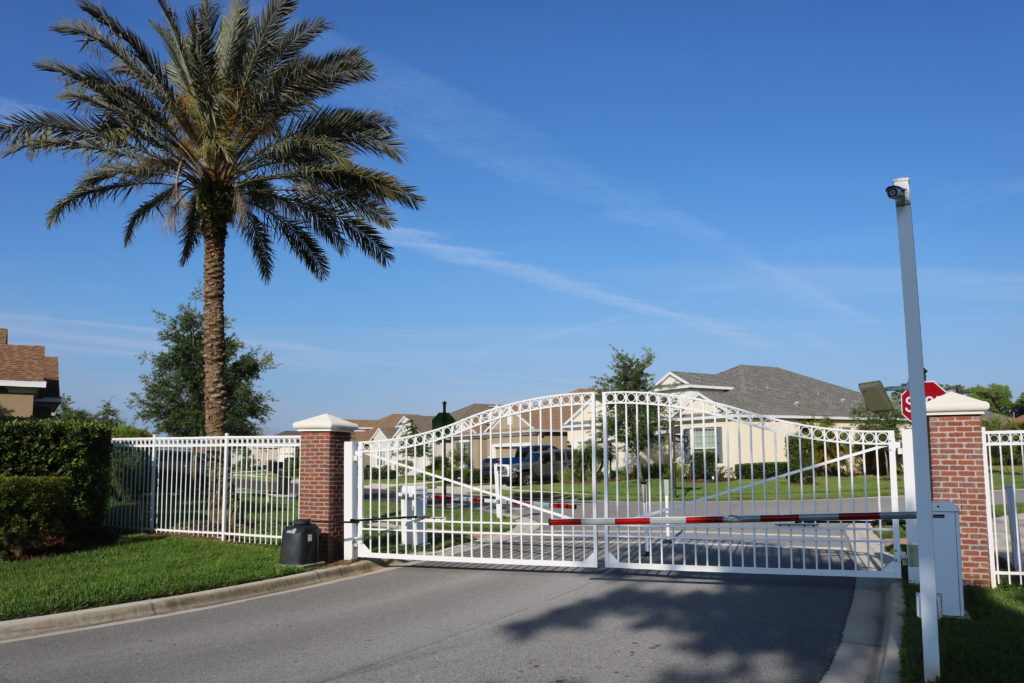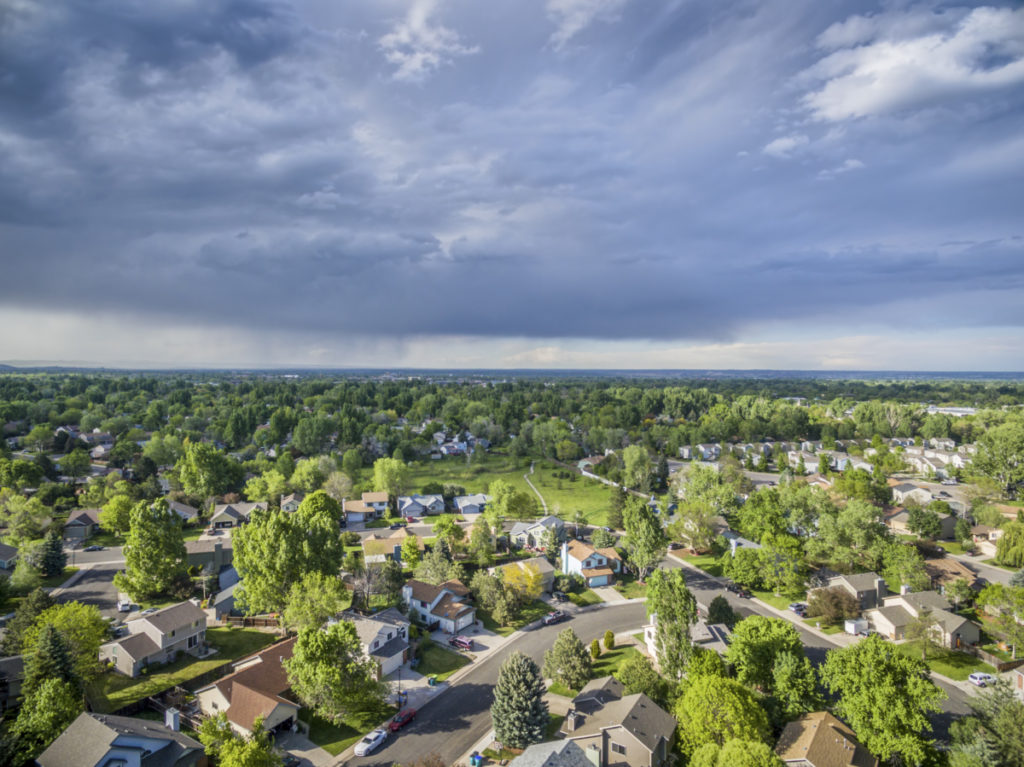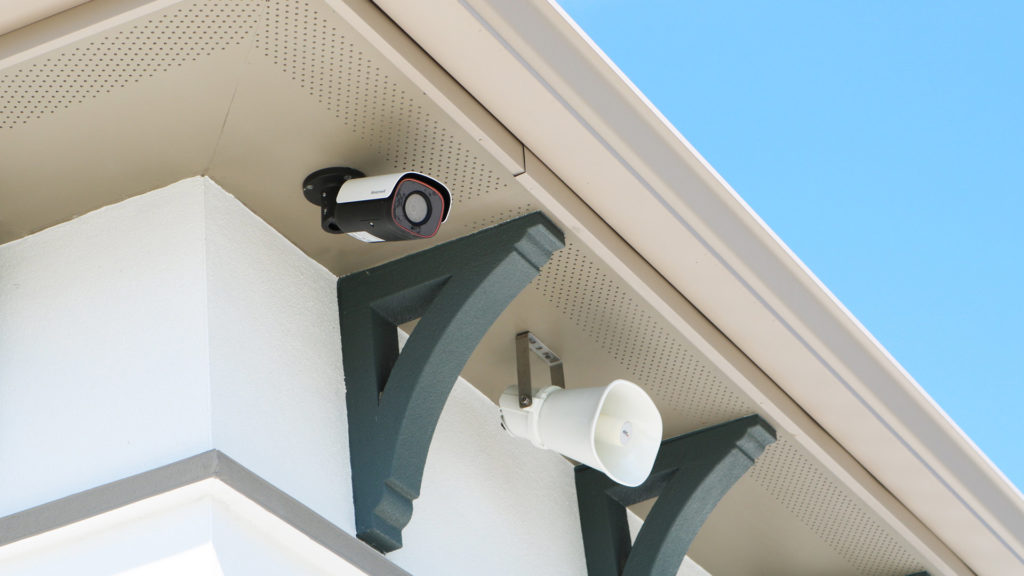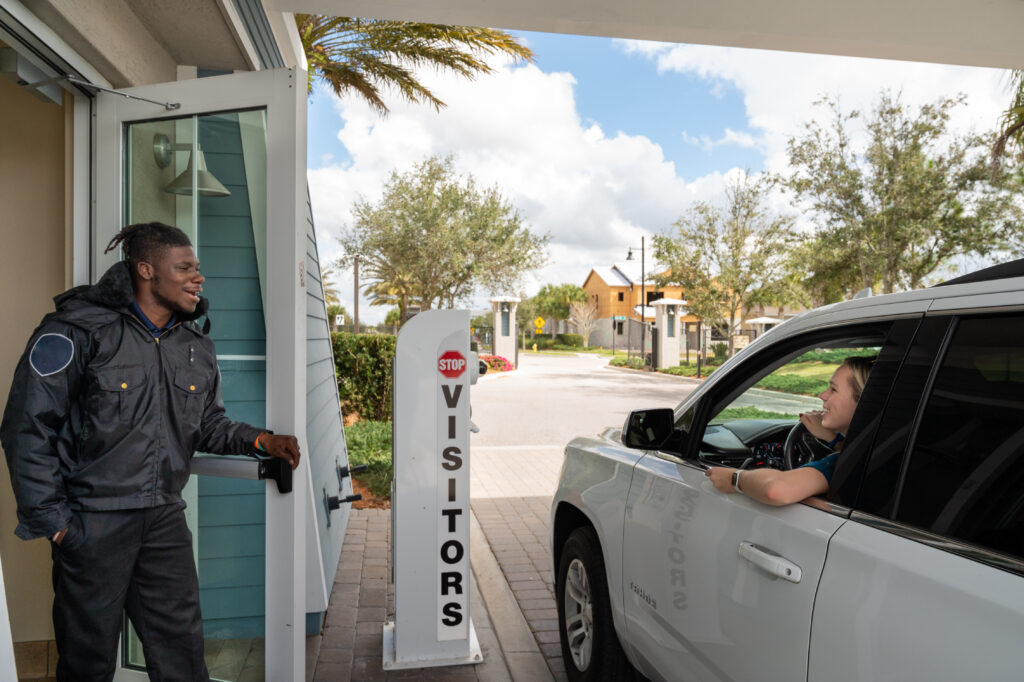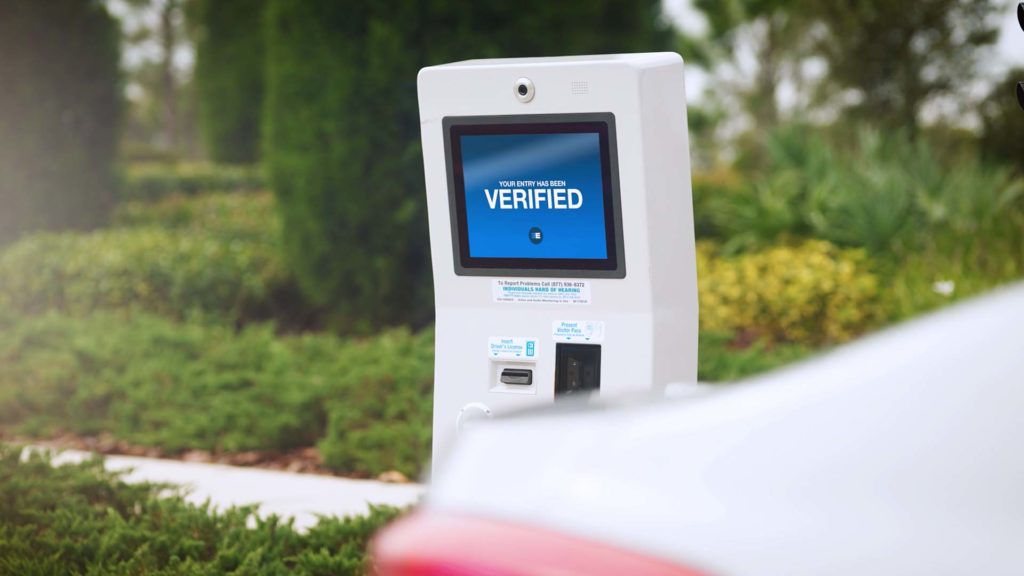When residential communities address gate guard security for their assets, they typically think of traditional measures.
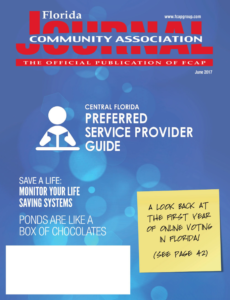
That generally includes a security guard and cameras. What isn’t immediately thought of is the cost of a security guard and how it will add up over years, as well as how a camera system will be managed, archived and pulled when video needs to be looked over. South Beach I and II condos in Clearwater addressed these concerns and searched for a system to better secure the grounds in a way that all condo members could agree on.
Initially, South Beach I and II had an onsite gate guard. To have a security guard at a community gate, the property must have a guard house that is ADA compliant. Once or if a guardhouse is already installed, a community needs to address the yearly cost of having a guard at the gate. In most cases, the community should expect a 24/7 guard to cost about $120,000 minimum each year. This was the main concern for many residents of the South Beach condos.
Like many other communities, South Beach I and II also needed a way to keep better track of the traffic entering and leaving the community. Even with an onsite guard, the community lacked the technology to accurately document any incidents that could occur.
To look at other approaches for security, the condos created a Gate Security Task Force with members from both buildings. This task force surveyed other security companies used by condominium buildings, the capabilities of those companies and the price. According to Robert Strunce, a resident of the condos, the Gate Security Task Force determined that an automated security system would save the community approximately $500,000 over a five-year period.
Still, many members in one of the condo buildings wanted to keep a guard onsite. This meant the Gate Security Task Force needed security options that could work with a “live” guard. One system that was discussed was a telephone entry box. It could be used with or without a guard, meaning a guard could be kept onsite during the day or night, and the telephone box could be used when the guard was not there. However, this system would reduce the security already in place.
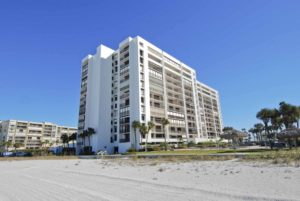
When that idea would not work, the community also discussed keeping the onsite guard. Yet, that would not address the problem of the cost, and having the guard work fewer hours would leave gaps in the community’s security.
Another option that was discovered was the Envera Systems Virtual Gate Guard. This type of technology would work on its own or split shifts with the onsite guard. Even when the guard would be away, this system could capture and store the information of everyone entering the community, as well as verify each visitor before he or she would be let in. With this system, the entrance would be secure during all hours of the day and seven days a week. It would also save the community thousands of dollars.
Solutions: After exploring the options, South Beach I and II decided to have an onsite guard work eight hours a day, five days a week in conjunction with the Envera Systems Virtual Gate Guard. Having this type of hybrid system was chosen based on cost, capability and extensibility.
When the onsite guard is working, Envera’s Guard Module software is used. It integrates with the Virtual Gate Guard System to archive all of the community’s visitor transactions into a single system, and store all of the data in one place.
When the guard is not working overnight or on the weekends, the Virtual Gate Guard uses a driver’s license scanner and guards working at a remote station to monitor and verify each visitor at the gate. Guests use an ATM-like slot to insert their driver’s license which is automatically checked in the database. If the visitor is approved by being on a resident’s list, the gates will open. If not, a guard at the Envera Central Station will greet the guest, contact a resident to see if the guest is welcome and grant or deny entry as necessary. Because every record is stored, the community has the resources to look up specific transactions if a problem ever arises.
Enhanced Security: To enhance the security even more, five surveillance cameras and two license plate cameras were installed with the system. This gives the community views from several angles at the entrance. It is checked by Envera’s guards, and video can be given to the community for any incidents. The license plate cameras extend the security further by capturing the license plate of each vehicle. If the community needs to identify a driver or vehicle, these cameras help capture the vehicle owner information of all guests.
Since installing Envera Systems in 2016 and combining the technology with an onsite guard, the community has received favorable feedback from all residents. Robert Strunce says, “Envera Systems has made it so we know who is on the property at any one time, and the ease of operations has made it an overall success.” Some residents are already suggesting a full transition to Envera Systems based on the smoothness of operations and the savings the community expects to see.
Every community has unique security needs that fit with their property’s layout, assets and budget. Associations need to research companies to see the security solutions that are available, the services that can be offered, and the costs associated with the different types of systems and guards. By exploring the options, communities can find the appropriate solution to secure multiple areas of the property.
You can read the complete issue and original article here: FLCAJ – June
You can also download the article here.

